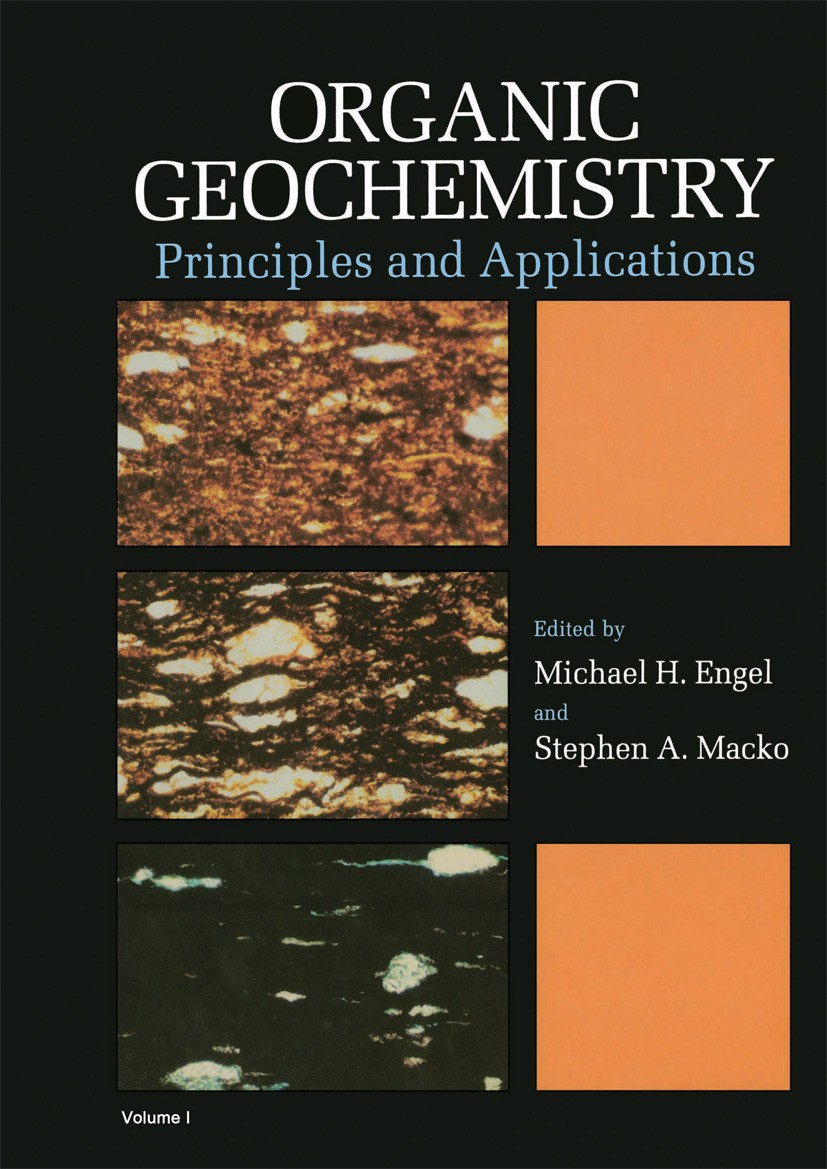基于异构高支化类异戊二烯脂类生物标志物EZ25的潜在海洋表面温度新指标
IF 2.5
3区 地球科学
Q2 GEOCHEMISTRY & GEOPHYSICS
引用次数: 0
摘要
对采集自英吉利海峡、西斯瓦尔巴群岛(北极)、斯科舍海(南大洋)和东南极洲的228个水柱样品进行了两种三不饱和异构(E/Z)高支化类异戊二烯(HBI)硅藻脂类生物标志物的定量分析。我们发现,两种hbi的相对量与采样时的水温有很好的相关性。基于这些发现和先前报道的其他一些HBI数据,我们认为HBI e -异构体的比例(称为EZ25)可能作为古海面温度的新代表,包括在极地地区。下一步将包括测定地表和核心沉积物中的EZ25,以确定本文描述的温度响应是否能很好地转化为地质记录。本文章由计算机程序翻译,如有差异,请以英文原文为准。
A potential new sea surface temperature proxy based on isomeric highly branched isoprenoid lipid biomarkers: EZ25
Two tri-unsaturated and isomeric (E/Z) highly branched isoprenoid (HBI) diatom lipid biomarkers were quantified in 228 water column samples collected from the English Channel, West Svalbard (Arctic), the Scotia Sea (Southern Ocean) and East Antarctica. We found that the relative amounts of the two HBIs correlate well with water temperatures taken at the time of sampling. Based on these findings and some other HBI data reported previously, we suggest that the proportion of the HBI E-isomer (termed EZ25) may serve as a new proxy for palaeo sea surface temperatures, including in the polar regions. Next steps will involve determination of EZ25 in surface and downcore sediments to ascertain whether the temperature response described herein translates well to the geological record.
求助全文
通过发布文献求助,成功后即可免费获取论文全文。
去求助
来源期刊

Organic Geochemistry
地学-地球化学与地球物理
CiteScore
5.50
自引率
6.70%
发文量
100
审稿时长
61 days
期刊介绍:
Organic Geochemistry serves as the only dedicated medium for the publication of peer-reviewed research on all phases of geochemistry in which organic compounds play a major role. The Editors welcome contributions covering a wide spectrum of subjects in the geosciences broadly based on organic chemistry (including molecular and isotopic geochemistry), and involving geology, biogeochemistry, environmental geochemistry, chemical oceanography and hydrology.
The scope of the journal includes research involving petroleum (including natural gas), coal, organic matter in the aqueous environment and recent sediments, organic-rich rocks and soils and the role of organics in the geochemical cycling of the elements.
Sedimentological, paleontological and organic petrographic studies will also be considered for publication, provided that they are geochemically oriented. Papers cover the full range of research activities in organic geochemistry, and include comprehensive review articles, technical communications, discussion/reply correspondence and short technical notes. Peer-reviews organised through three Chief Editors and a staff of Associate Editors, are conducted by well known, respected scientists from academia, government and industry. The journal also publishes reviews of books, announcements of important conferences and meetings and other matters of direct interest to the organic geochemical community.
 求助内容:
求助内容: 应助结果提醒方式:
应助结果提醒方式:


